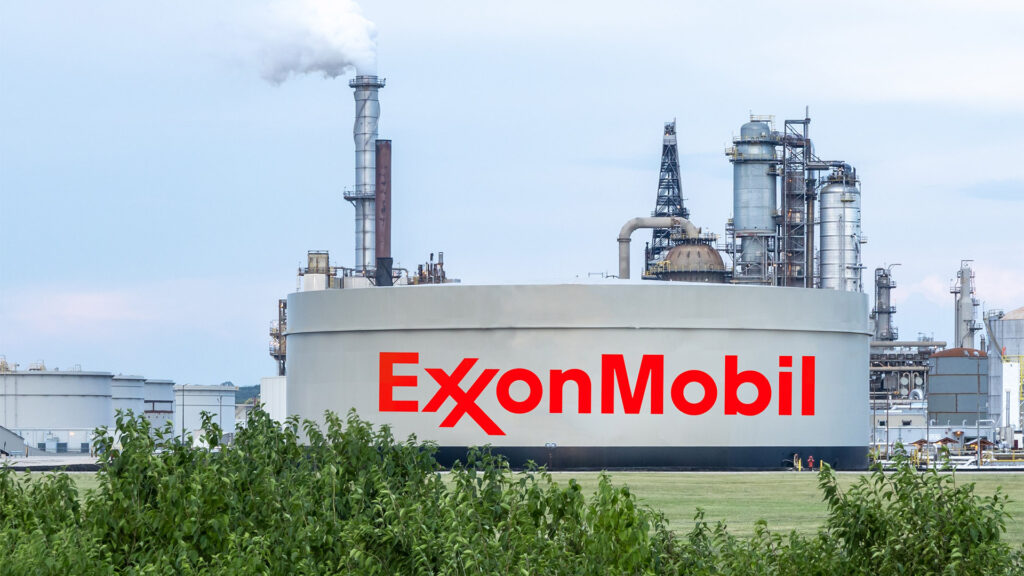ExxonMobil has projected that global oil demand will remain above 100 million barrels per day by 2050, suggesting the global energy transition will not sufficiently reduce reliance on fossil fuels. The U.S. oil giant predicts this demand could lead to a new global oil shock, with crude prices potentially quadrupling in value as supply dwindles, if investments in oil production fail to meet it.
This outlook sharply contrasts with that of UK oil major BP, which anticipates oil consumption dropping to 75 million barrels per day by 2050. Similarly, the International Energy Agency (IEA) projects a decline in oil demand to 54.8 million barrels per day if governments meet their climate pledges on schedule.
Exxon’s forecast emerges amidst a heated debate between fossil fuel producers seeking to defend their market share and policymakers and climate scientists, who warn that significant reductions in fossil fuel consumption are essential to preventing dangerous global warming.
Exxon has long maintained that more oil will be needed to help lift billions of people in developing countries out of poverty. However, the company faces legal challenges from environmentalists and policymakers in California, who accuse Exxon of misleading the public for decades about the role of fossil fuel consumption in driving climate change.
The forecast comes three years after Exxon suffered a significant defeat in one of Wall Street’s most notable proxy battles against activist investor Engine No. 1, which argued that the company faced an “existential business risk” by continuing to focus on fossil fuels. This year, Exxon responded by suing activist investors who had filed shareholder proposals demanding that the company do more to address climate change.
Despite continued strong demand for oil and gas, Exxon projected that carbon emissions would decline by 25% by 2050 due to increased energy efficiency and the adoption of technologies like carbon capture and renewables. However, this reduction falls short of the cuts needed to meet the net-zero goals outlined in the 2015 Paris Agreement on climate change.
In June, the Paris-based IEA, which represents wealthier nations, warned of a potential “staggering” surplus of oil by the end of the decade if producers continue to increase output as the world shifts away from fossil fuels. OPEC, the producer cartel, criticised the IEA’s forecast as “dangerous commentary” and maintained its own projections that oil demand will reach 116 million barrels per day by 2045.
Exxon’s report stated that oil and gas would remain crucial to the global economy, driven by a 15% increase in total energy use by 2050 due to population growth.
While Exxon predicted that the need for oil to produce petrol for passenger cars would decrease by a quarter by 2050, it forecast that demand from industry, the largest source of consumption, would offset this decline.
Exxon uses the forecasts in its global outlook to guide its future production growth plans, which are among the most optimistic in the oil industry and include expansions in projects ranging from Texas’s shale fields to offshore Guyana.
Environmental advocates criticised Exxon’s forecast as a last-ditch effort by a declining industry to persuade investors to back new production. “There is no long-term future and only material risk in oil expansion since governments worldwide and financial institutions have committed to an energy transition,” said Hannah Saggau, senior climate finance campaigner at Stand.earth, an environmental organisation.

